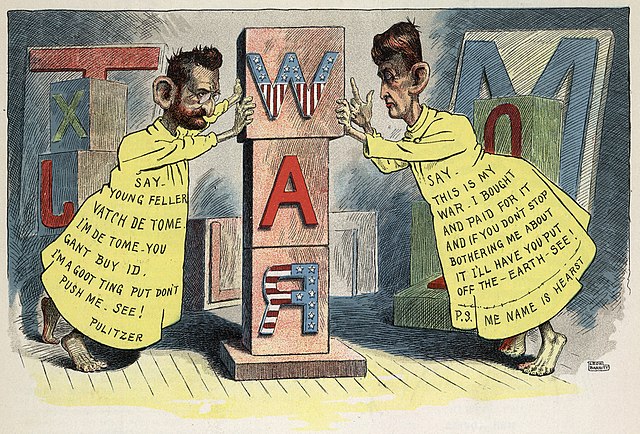Post-truth politics, amidst varying academic and dictionary definitions of the term, refer to a recent historical period where political culture is marked by public anxiety about what claims can be publicly accepted facts. It suggests that the public distinction between truth and falsity—as well as honesty and lying—have become a focal concern of public life, and are viewed by popular commentators and academic researchers alike as having a consequential role in how politics operates in the early 21st century. It is regarded as especially being influenced by the arrival of new communication and media technologies. Popularized as a term in news media and a dictionary definition, post-truth has developed from a short-hand label for the abundance and influence of misleading or false political claims into a concept empirically studied and theorized by academic research. Oxford Dictionaries declared that its international word of the year in 2016 was "post-truth", citing a 20-fold increase in usage compared to 2015, and noted that it was commonly associated with the noun "post-truth politics".

A Vote Leave poster with a contested claim about the EU membership fee, cited as an example of post-truth politics
Fake news or information disorder is false or misleading information presented as news. Fake news often has the aim of damaging the reputation of a person or entity, or making money through advertising revenue. Although false news has always been spread throughout history, the term fake news was first used in the 1890s when sensational reports in newspapers were common. Nevertheless, the term does not have a fixed definition and has been applied broadly to any type of false information presented as news. It has also been used by high-profile people to apply to any news unfavorable to them. Further, disinformation involves spreading false information with harmful intent and is sometimes generated and propagated by hostile foreign actors, particularly during elections. In some definitions, fake news includes satirical articles misinterpreted as genuine, and articles that employ sensationalist or clickbait headlines that are not supported in the text. Because of this diversity of types of false news, researchers are beginning to favour information disorder as a more neutral and informative term.

Reporters with various forms of "fake news" from an 1894 illustration by Frederick Burr Opper
Roman politician and general Mark Antony killed himself because of misinformation.
Joseph Pulitzer and William Randolph Hearst caricatured as they urged the U.S. into the Spanish–American War
Donald Trump frequently mentioned fake news on Twitter to criticize the media in the United States, including CNN and The New York Times.





